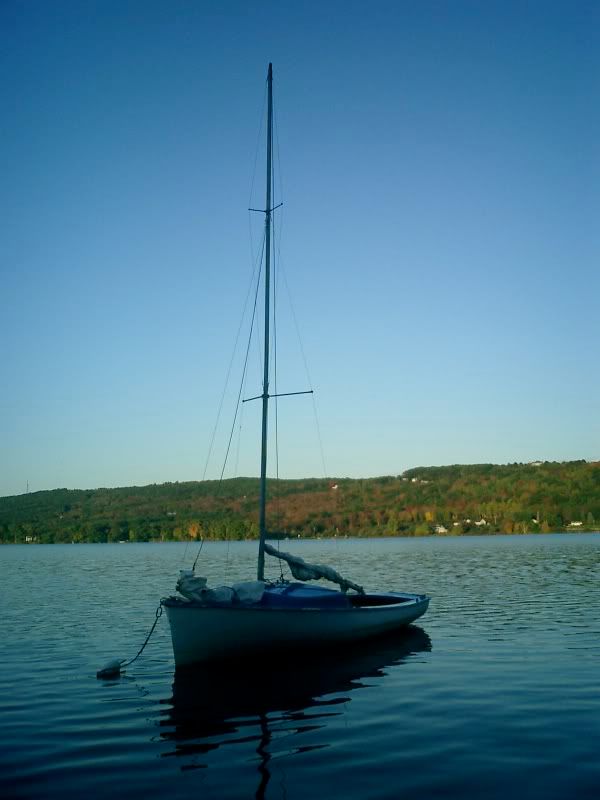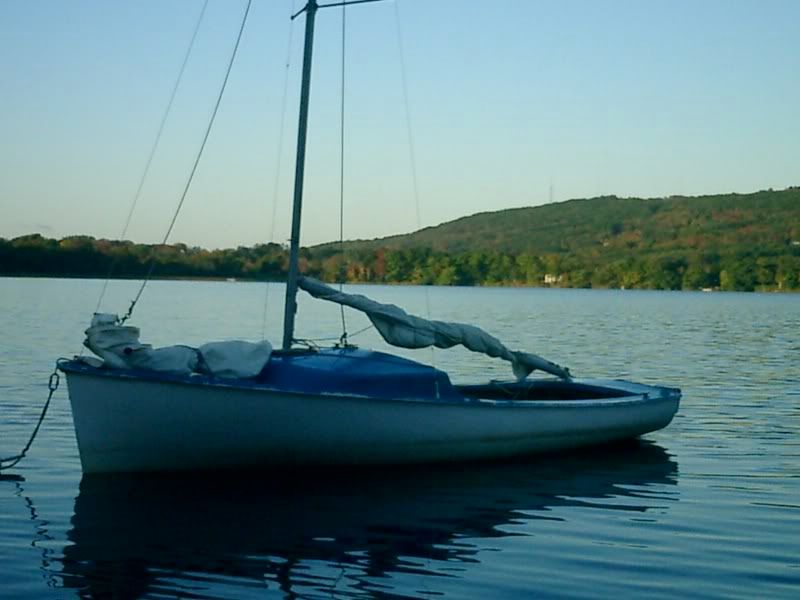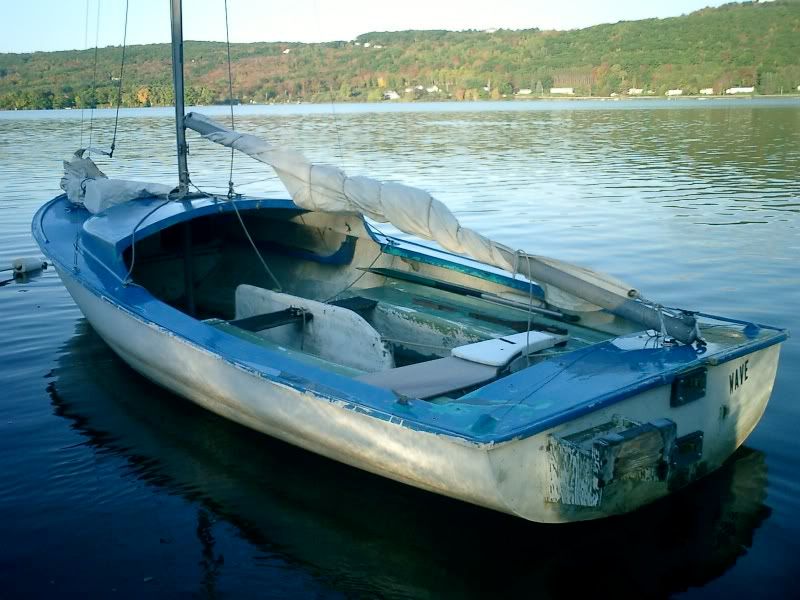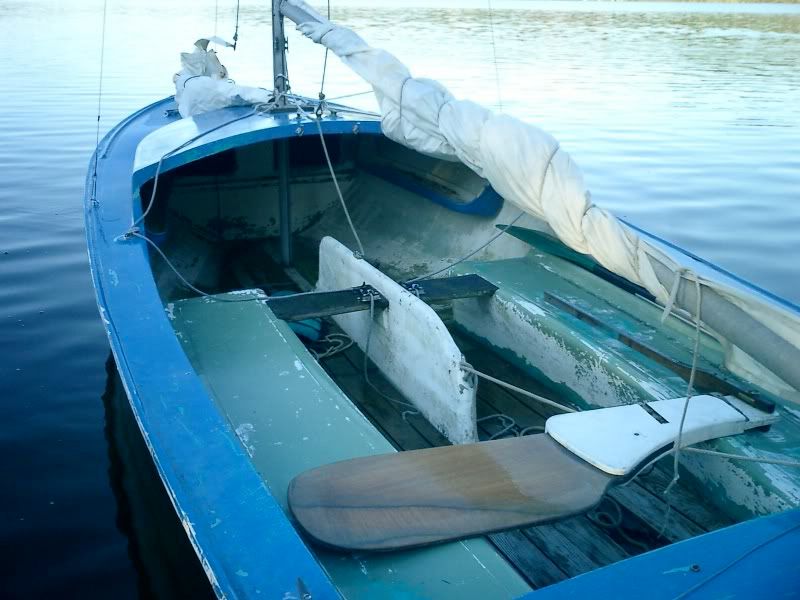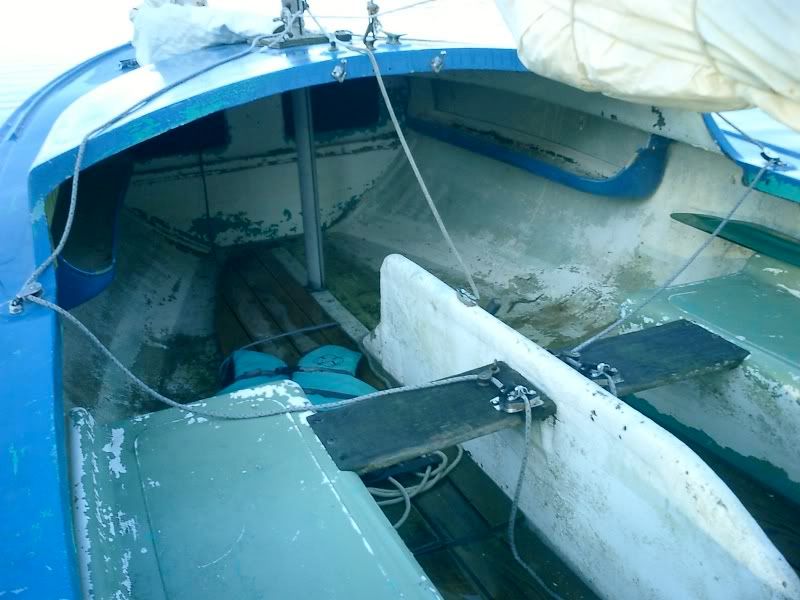The bending of the mast in a gust makes a lot of difference. When I replaced the original deck stepped mast with a tapered Proctor on
Surprise, she became a lot less tender. Gusts that came along were not nearly as prone to make her heel over as much. The mast would bend above the hounds in response to the gust, and depower the sail. Another reason a tapered mast is nice to have: the thinner cross section aloft allows it to bend more easily and depower the main in gusts.
With a keel stepped mast, you can also set the the pre bend of the mast, allowing you to tune the power of the sail for the conditions you are sailing in.
The prebend is affected by a lot of variables:
-The location of the mast butt in the step(assuming an adjustable position step)
-The length of the forestay
-The length of the shrouds
-The length and angle of the spreaders.
These also affect the rake of the mast, which is different from prebend, but is related to the behavior of the boat.
Regarding cutting the combings down - the main reason is to make hiking endurable. If I wanted to hike out on on something as narrow as the widths of the combing wood, I'd sail a Thistle

Granted, there is a little bit of reduction in the support provided by the combings.
McLaughlin added aluminum tubes that acted as support posts to their boats to reinforce the gunwales. These posts go vertically from the seat tanks to the underside of the gunwales.
Theses posts also take the load off the knees in O'Day boats that are glassed in to the hull just aft of the where the break of the cuddy is.
This was a recommendation that Jim Fisher in the Annapolis fleet made to McLaughlin. He didn't invent them, but nevertheless, I like to call such supports "Fisher posts"...
